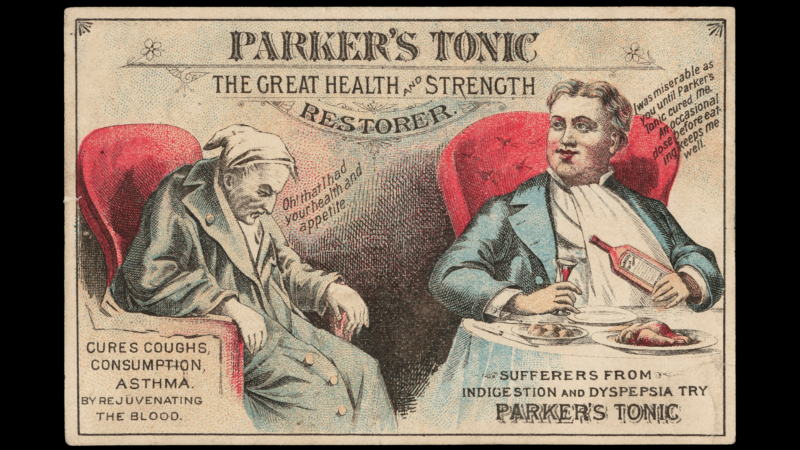Health journalism is a mess, which provides a great opportunity for science teachers. For my middle school science class, specifically, it provided the context and motivation for everything we did from our body systems unit to our culminating public health project.
Last summer, WNYC’s On the Media launched their “Skeptic’s Guide to Health News.” In the accompanying podcast episode, they tell the story of how a Ph.D-toting journalist laid a trap for health reporters with a study on chocolate and health risks. He did purposefully awful science (small sample size, mining a huge data set for correlations, etc.) in order to prove that he could find a journal to publish it and then garner worldwide media coverage. Soon, the Daily Mail was running the headline “Pass the Easter Egg! New study reveals that eating chocolate doesn’t affect your Body Mass Index!”
My students and I listened to the episode on the first day of a semester. Eighth graders delighted in the prank-like nature of getting a purposefully bad study into the mainstream news. They discussed how confusing it was to try to figure out which foods are considered “good” and “bad” when experts appear to be constantly flip flopping. And we talked a lot about gluten.
The conversation not only set up a series of student-generated questions that could motivate our exploration of the biochemistry of cholesterol, the interaction between the brain and the digestive system, and other core content, but it demanded that we explore science as a process. The conversation naturally segued into how to set up properly controlled trials, how to differentiate causation and correlation, and the importance of understanding whether a study was conducted on mice, humans or cells in a petri dish.
Having analyzed and discussed the eleven points in On the Media’s “Breaking News Handbook” for Health News, their homework was to comb the Web for sensational headlines so they could practice tearing the stories apart with their new toolkit.
